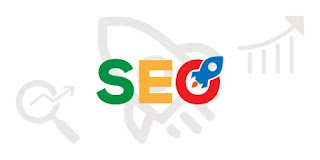Cybersecurity for small businesses.

In the final blog of this semester, as the title suggests we will discuss the importance of cyber security for small businesses. Throughout the last number of blogs, we have covered a range of digital tools that can assist small businesses, but cybersecurity arguably is top of the list in terms of importance. In the current landscape, to survive as a business, it’s essential to have an online presence, be it the use of social media for advertising or a website to sell your products and services. Due to that requirement, it is also essential that these accounts and websites are protected and safe to use. That’s were cybersecurity comes in, cybersecurity is the practice of protecting systems, networks, and programs from digital attacks that aim to damage, access or change sensitive information/data. While many would assume it is only large corporations that are at risk at cybersecurity attacks, smaller corporations often lack the required infrastructure to prevent attacks, and ...




